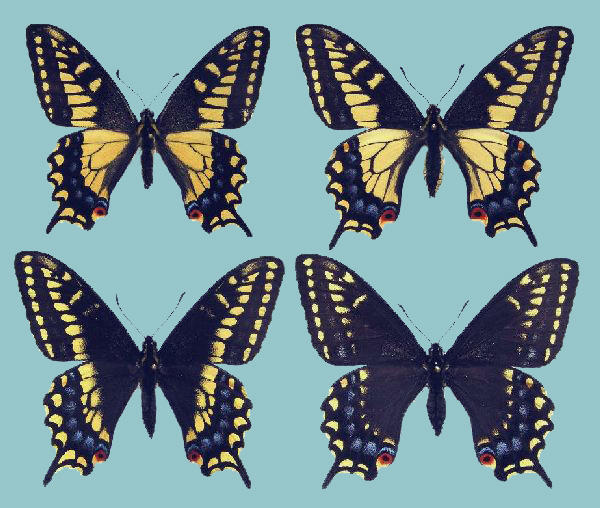Papilio zelicaon nitra

Beginner Rearing Instructions: Click here
Photo Life History: Papilio zelicaon nitra
Habitat: Mountain Canyons; Mountain Hilltops
Host Plants: Lomatium dissectum; Lomatium grayi grayi; Cymopterus hendersonii; Lomatium grayi depauperatum; Lomatium junceum; Musineon tenuifolium; Cymopterus terebinthinus calcareus
Suitable Lab Host Plants: Foeniculum vulgare (Fennel works great in the lab for most all machaon group swallowtails.)
Caring for Live Female Butterflies: Feed females regularly.
Methods of Female Oviposition: Open Screen Cages
How to Find Eggs: Isolated Host Plants.
How to Hatch Eggs: Consolidate eggs into one container
How to Find Caterpillars in the Field: Isolated Host Plants
Caterpillar setups: Open terrariums; Open Bucket
Larva to Pupa: Larva purges and wanders
How to Find Pupae in the Field:
Number of Broods per Year: 1
Overwintering Stage: Pupa.
Overwintering Strategies: Your Own Backyard; Refrigerator
Post-Hibernation Strategies: Expose pupae to warmer temperatures, long-day photoperiod; and mist spraying. Pupae should emerge within a couple of weeks.
Avoiding Diapause Techniques: Unknown.
Disease Prevention: Change out host plant and remove frass every four to six days.
Emergence: Emergence Container
Field Notes: The surest way to get forms gothica and nitra is to hand pair a form nitra with a form gothica; As with most butterflies, it is best to check isolated or scattered host plants, for immatures. (Notes from Utah populations.)


